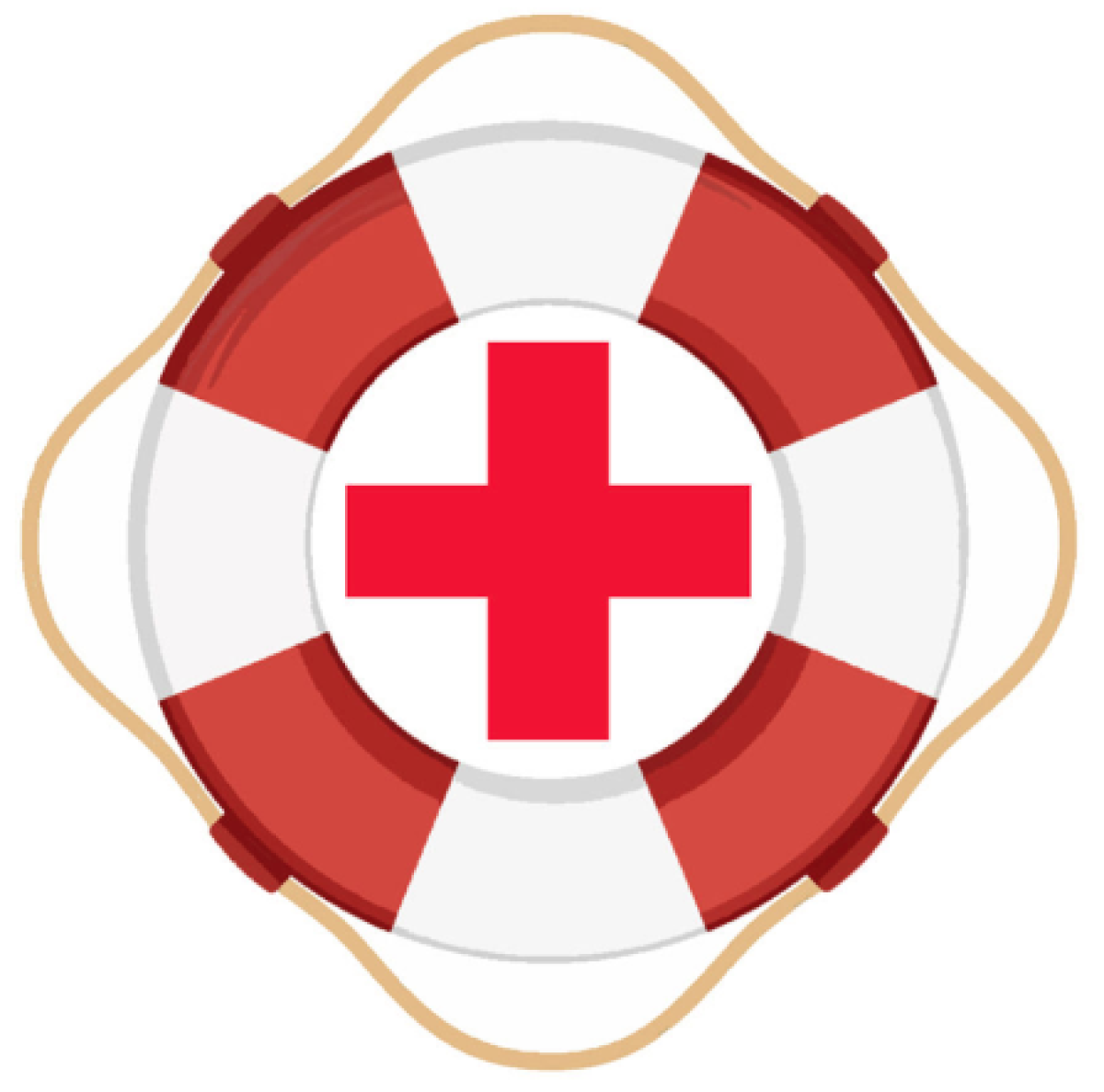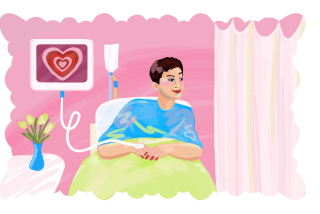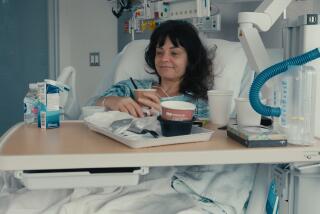How I saved a manâs life

I saved a manâs life.
It feels odd to utter that sentence. It sounds like a request for admiration or at the very least congratulation, but really it is an expression of wonderment. To have saved a life â or part of one; this man was 48 â is to have forestalled grief and loss for others, and to have restored reality to a world, the world as that man will experience it until, I hope after many, many years, death comes for him once again.
In one sense, human lives are little things, and we hear of the loss of them â by suicide bombs, collapsed buildings, flesh-eating bacteria â with an equanimity that increases with distance. Indeed, the greater the loss of life in some remote disaster, the more readily we bear up.
But the death of one person, that is something else. We are, ourselves, one person, not 100 or 1,000. The loss of a single life, with all that life contains, takes on a dimension that we can more easily appreciate. In the same way, I think that to have saved the life of one person seems more real, more textured, more satisfying to me than if I had somehow saved 1,000.
Here is how it came about. When my first child was born at Cedars-Sinai, I gave a pint of blood in advance against its being needed during the delivery. Somehow or other in my euphoria over the arrival of that baby boy â heâs 31 now â I must have felt the need to give something back, and I started donating blood regularly. Later, when I had become a familiar face in the donor room, they asked whether I would like to donate platelets.
Platelets are tiny yellow things in your blood that help with clotting. Apparently there is a chronic shortage of them because lots of people need them after accidents and surgeries, they donât keep as long as whole blood and, because the donation process takes about four times as long as giving whole blood â two hours, all told, when you figure in the prep and collecting your Oreos and free movie tickets afterward â fewer people are willing to do it.
Anyway, I started giving platelets every two weeks. That was more than 25 years ago. Eventually, every visit to Cedars was like going to a little party. I knew them, they knew me. Sometimes we would clown around and kid and gossip the whole time; other times I would read or send emails with my free hand. I would joke that donating platelets was my social life.
Then one day the recruiting lady, who often bemoans to me the difficulty of getting people to come in and donate, called to beg me to undergo a more onerous procedure. This time the product required was white blood cells, the kind that combat infections. They were needed in a hurry for a man who was awaiting stem cell therapy for leukemia. Because his immune system had been suppressed, he had gotten an intractable fungal infection in an eye.
As she explained it, he could not get the stem cells while he had the infection, and if the infection could not be overcome, they would have to remove the eye and a big part of his face. I had a compatible blood type and, more important, I was currently screened and could donate immediately.
She didnât really need to give me the nightmarish details. I have a lot of trouble saying no anyway, so naturally I said yes.
It turned out that what was required was three visits to Cedars over three days. The first was to get a shot that would boost my production of white cells. Then there would be two three-hour sessions with a needle in each arm. Thatâs not really so bad, if you donât mind your nose itching. You canât read because your arms are pinioned at your sides, but they have movies. I watched âSkyfallâ twice and the Robert Downey Jr. âSherlock Holmesâ 1 1/4 times.
The patientâs wife came to thank me. She was intensely grateful, but I felt like an impostor and that her gratitude was misplaced. To her what I was doing was a very great thing, and I was a very good person; to me it was almost nothing, and I was just me. She was very religious, and I wondered if I could elevate atheists in her estimation by explaining that I was one, but I decided to keep my mouth shut, especially because I sensed that there wasnât a lot of optimism among the medical people about the likely efficacy of the procedure.
A couple of weeks later I learned that it had worked. The infection was almost gone, and even the blood cancer had temporarily retreated. The nurse who came to tell me had tears in her eyes.
It felt strange â the disproportion between what I had done and what it had meant to other people. Sometimes it can be very difficult to accomplish very little; at other times it is very easy to do something of really incalculable magnitude. I had balanced a world on my fingertip, and found it as light as a balloon. The banality of good!
Peter Garrison is a writer in Los Angeles.
More to Read
A cure for the common opinion
Get thought-provoking perspectives with our weekly newsletter.
You may occasionally receive promotional content from the Los Angeles Times.










